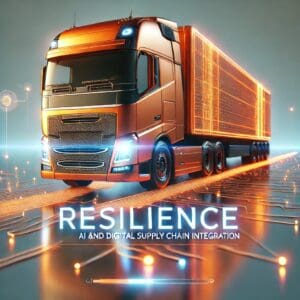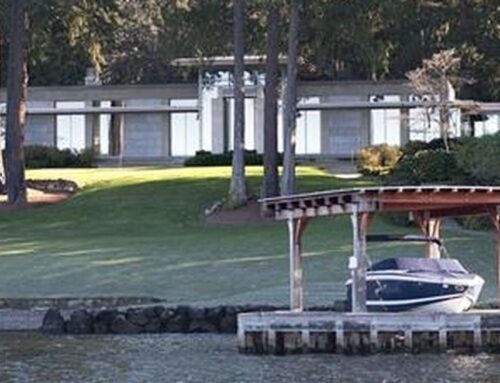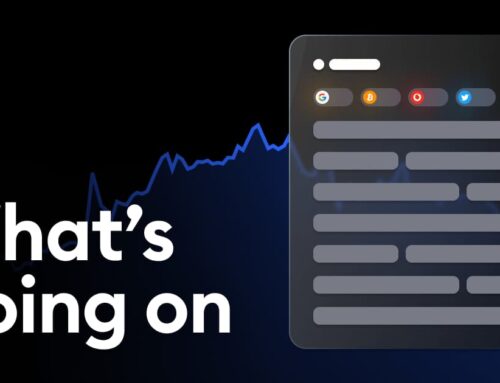Beyond Cost Optimization: Building Resilient Supply Chains in an Unstable Trade Environmen
April 10, 2025

Recent years have brought a series of disruptions that exposed vulnerabilities in how supply chains are designed. Trade tensions have led to abrupt tariff hikes. Political instability has disrupted transportation corridors. The COVID-19 pandemic exposed dependencies that hadn’t been properly accounted for. More recently, fluctuating trade policies have emerged as a persistent challenge, especially for firms with global footprints. These conditions aren’t rare anomalies—they’re becoming the norm.
Many organizations are now realizing that resilience is not just a supply chain add-on; it’s a fundamental capability. Resilience is the ability to respond to disruption while maintaining core operations, and more companies are shifting their strategies accordingly. This isn’t about abandoning efficiency—cost still matters—but it is about balancing efficiency with adaptability.
Why Current Supply Chains Struggle
The common failure points are not surprising. First, overreliance on a narrow group of suppliers—especially those in politically sensitive regions—exposes companies to risk when trade relationships shift. Sudden tariff increases can quickly make a cost-optimized procurement strategy untenable, leaving companies scrambling to adjust.
Second, many supply chains still lack visibility beyond Tier-1 suppliers. When a critical Tier-2 supplier is affected by a tariff policy change or regional shutdown, the ripple effects often catch manufacturers by surprise. Finally, rigid fulfillment networks compound the problem. Centralized distribution strategies may be efficient under normal conditions, but they often leave little room to reroute when disruptions occur.
All of this points to a larger issue: systems that perform well under stable conditions but lack the flexibility to respond when those conditions change.
The Shift Toward Resilience
The strategic conversation is beginning to shift. Leading organizations are building supply chains that are less exposed to single points of failure, more informed by real-time data, and more able to adjust sourcing, inventory, and routing based on current conditions.
Technology—particularly AI—is playing a central role in enabling this shift. AI is helping companies better detect risk, model alternatives, and make faster decisions with more confidence. It’s not replacing human judgment, but it is improving the quality and speed of that judgment.
For example, AI-enabled systems can monitor global trade activity, policy changes, and even weather patterns to flag emerging risks before they impact operations. This kind of signal detection gives operators a head start. When a new tariff is proposed, companies using AI-based forecasting tools are often able to adjust their sourcing or logistics strategies well before the policy takes effect.
AI also helps with scenario modeling. Rather than planning based on a single forecast, supply chain teams can evaluate multiple options in parallel: What happens if tariffs increase by 15%? What if lead times from a key port double? These simulations are especially valuable when they’re integrated into digital twins—real-time models of supply chain networks that reflect current data and assumptions. The ability to pressure-test decisions before committing real resources significantly improves response quality.
Procurement is another area seeing change. Some companies are using machine learning to refine their supplier selection processes, considering not only cost and quality but also resilience factors like geographic diversity, financial health, and capacity flexibility. In one case, a consumer electronics manufacturer used AI to reoptimize its supplier base in response to U.S.–China trade tensions, proactively shifting production to Southeast Asia and reducing potential cost impacts by double digits.
Trade Volatility as a Planning Variable
What’s driving much of this shift is the growing unpredictability of trade policy. Tariffs used to change slowly and predictably. Today, shifts can occur with little notice and significant financial impact. Companies that treat landed cost as a fixed figure are increasingly at risk of mispricing, misallocating inventory, or miscalculating profitability.
Some firms are building this uncertainty directly into their planning models. Landed cost calculations now include tariff risk ranges, not just fixed rates. Supplier diversification strategies are no longer framed as a hedge—they’re viewed as standard operating practice. Fulfillment networks are being evaluated based on responsiveness, not just throughput.
These adjustments are not theoretical. They’re operational decisions grounded in recent experience. Organizations that have made these shifts are better able to keep delivery schedules, avoid emergency freight costs, and protect margin when external conditions change.
Executing the Shift
Building resilience doesn’t mean overhauling everything at once. It starts by identifying specific pressure points—products, suppliers, or regions most exposed to disruption—and testing more flexible approaches in those areas. Visibility is the next critical step. Companies need better data on their full supply network, not just the top tier, and should invest in systems that can monitor changes and support real-time decisions.
Digital twins can support more agile planning, especially when AI is integrated to support predictive modeling. These tools don’t need to cover the entire network to be useful. Piloting them in high-risk or high-margin areas is often the best way to prove their value.
Cultural alignment is just as important. Metrics must reflect the new priorities. Teams still focused solely on unit cost will continue to optimize for it, even when it leads to brittle operations. Resilience needs to be part of how success is measured—alongside efficiency, not in place of it.
Final Thought
Cost efficiency will always be important. But in today’s environment, it must be balanced with the ability to adapt. Trade policies will continue to shift. Disruptions—economic, environmental, political—aren’t going away. The companies that succeed will be those that design supply chains with enough flexibility to respond in time, and with enough insight to choose the right response.
Resilience isn’t about being prepared for everything. It’s about being ready for anything that matters.
Search
RECENT PRESS RELEASES
Related Post




